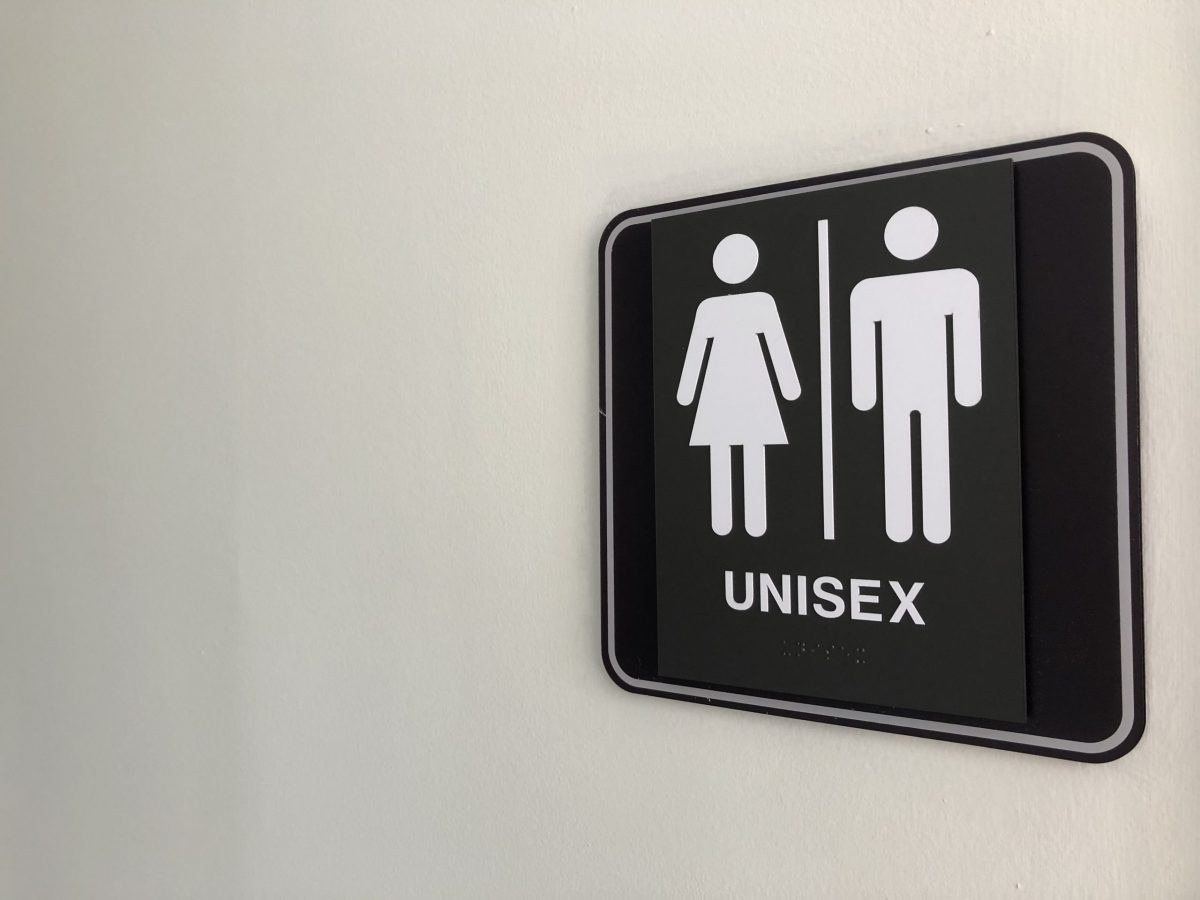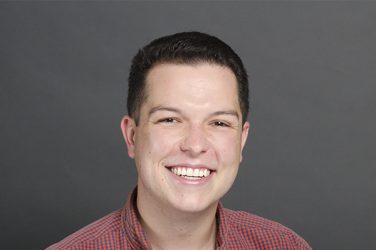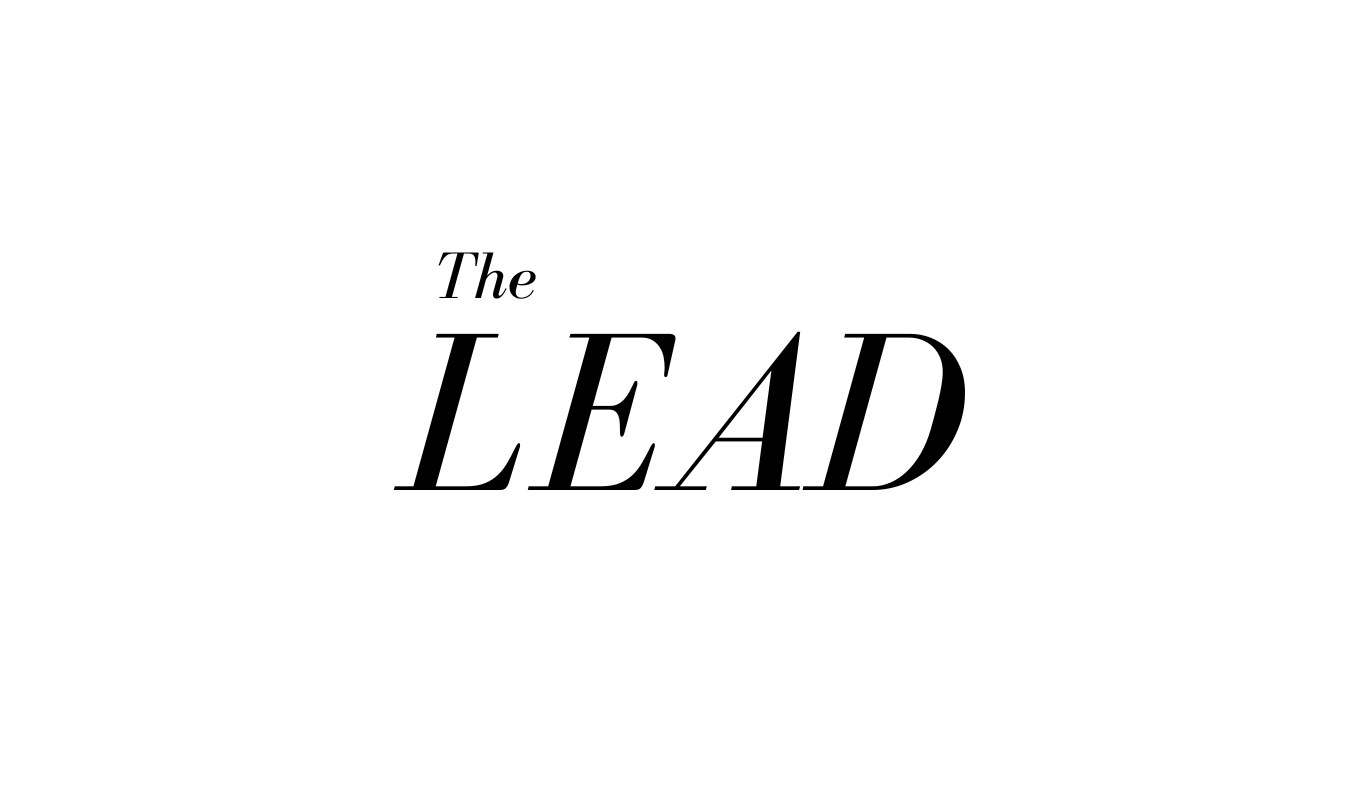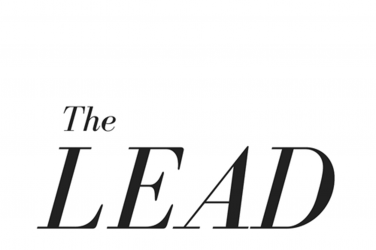In this annotation, Jonathan Crandall interviews Kala Horvat to discuss the process of reporting on gender-inclusive restrooms on UGA’s campus. Horvat describes the challenges and lessons that were navigated through while writing the article and how her capstone class has made her a better journalist.
What class was this article written for, and why did you pursue it?
Kala Horvat: It was for Dr. (Amanda) Bright’s gender capstone class. I think out of all the ones that were offered at the time, I was the most interested in looking into gender issues because I’ve taken a lot of women’s studies classes throughout my undergrad, and I think there’s bigger issues that affect everybody that relate to gender, so I was interested in exploring that.
Why did you think it was important to report about UGA implementing more inclusive resources for the LGBTQ+ community?
KH: I had seen a couple unisex restrooms throughout different buildings on campus, and in one of my women’s studies classes, the professor had a resource on her syllabus that had a link to all the gender-inclusive restrooms that were on campus. I knew there were a handful around campus … I didn’t know there were that many. So I was like, “Oh, I wonder if other people know about this. You know, what kind of feedback UGA has gotten, are they going to add more?” So I was just kind of curious as to what was going on with that.
What types of sources did you use to develop an accurate and inclusive coverage of the LGBTQ+ community?
KH: I made sure to get some informational sources from the director of the Equal Opportunity Office, who is the office that put the resources on the website regarding the bathrooms. Then I reached out to an SGA (Student Government Association) rep, who is a liaison to the LGBT Resource Center. I thought that student perspective was important, but it was a little information and a little bit student perspective. And then I found another student who was just a regular student. She didn’t have any ties to any organizations or offices on campus or anything. I thought it was important to get her experience with the restrooms and her knowledge of them; to be able to, not speak for the entire community of gender-nonconforming students on campus, but to at least have one personal experience that might speak to others.
Why did you decide to use Knight Lab’s StoryMap digital tool as a supplement for the article?
KH: I decided to do the map because on the Equal Opportunity website, it has just a plain text list of all the restrooms. It also has one of those maps—like the parking maps—where it’s a huge thing of all of UGA’s campus, and it can get really overwhelming to look at. I can look at that, but I don’t really know where that is if I’m a freshman or if I don’t know the campus very well. So I picked a couple popular places on campus, like Tate (Student Center) and buildings near downtown, and the art building was on there as well. So bigger, more populated areas on campus to kind of concisely show where some of them where. But I also included the link to the overall list because the map only shows a few (of the overall gender-inclusive restrooms at UGA).
What was the process for selecting photographs for the article, and how did you stumble upon the bag of hygiene products?
KH: I actually just walked into a restroom in a building I had a meeting in one day and saw those in there. I thought that was pretty cool, that it wasn’t labeled. It wasn’t in a women’s restroom and it wasn’t labeled for … it just felt more inclusive. Whoever put those out, just let them be there for anybody who needed them. And they weren’t using any kind of gender-coded language to make anybody more uncomfortable.
How experienced were you with the multimedia elements used in the article?
KH: I kind of already had some experience with photography from high school, but Dr. Bright did suggest the storylab map when I was pitching the story. I knew in the beginning that I really wanted to include some kind of resource that showed where the bathrooms where. I’m not very good with infographics or interactive (tools), so I was really open to her feedback and the map ended up working really well I think.
Kala Horvat is a senior majoring in journalism at the Grady College of Journalism and Mass Communication at the University of Georgia.
Jonathan Crandall is a graduate student in journalism in the Grady College of Journalism and Mass Communication at the University of Georgia.









Show Comments (0)